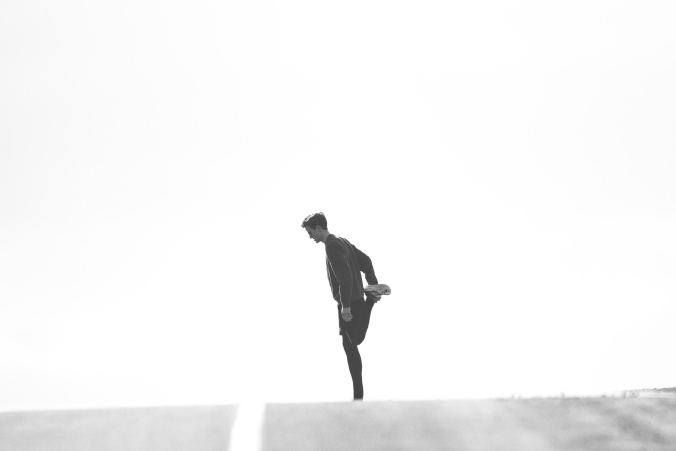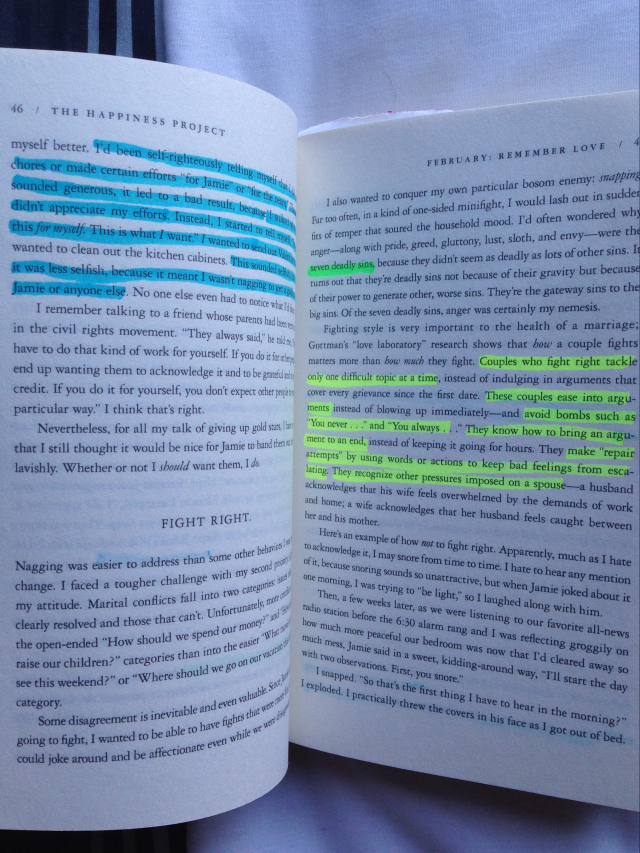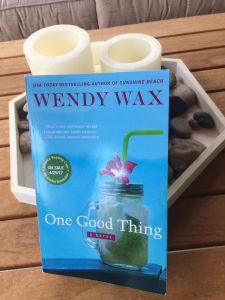 You’ve run your first 5k, now what?
You’ve run your first 5k, now what?
For many beginner to intermediate runners, this is the crossroad upon which you make a choice and take a path. That path may lead to another stretch distance, or that 5k is their bucket list achievement and that’s what they’re happy with. If you are choosing to stretch your distance, read on. If you are maintaining 5k as your regular go-to distance to keep up your fitness, I’ll cover that another time.
Do I want to run distances longer than 5k?You need to review your purpose – your ‘Why’. Why did you start running? What is it that made you start running and then train to achieve 5 kilometres distance?
It is so easy to forget why you started running or anything else for that matter. You were seeking something, be it better health, fitness, losing some weight – you need to remember your purpose. Before I started out running, I was walking long distances to challenge myself. Then my aim was to improve my fitness, so I started running. First it was challenging as I ran my first one-kilometre. I was going too fast and had to stop to catch my breath before the kilometre was up. In subsequent runs, I slowed down and try not having to stop until I ran a kilometre. I made it and it felt good. By employing the same strategy, I manage to run longer and longer distances, until one day I managed to hit five kilometres without stopping. With your purpose in mind, you aim to improve incrementally. You’ll feel good each time you hit the next increment. Explore your ‘why’ and use this to propel you further than 5 kilometres.
I want to be able to run further than five kilometres.Firstly, set another goal (or two) to stretch you beyond 5k. Next stretch goal is, (fill in the blank).
Be Goal SMART – set goals that are Specific, Measureable, Achievable, Relevant/Realistic and Time-bound. In order to hit your next stretch distance further than 5 kilometres, you need to have a distance in mind. Let’s say, 7 kilometres is your next goal, which is about 40% more than you can run now. It is a specific distance and measurable. It is a relevant and real goal for a 5k runner. It is absolutely achievable in increments. On subsequent runs, just push to go a little further each time. Run 5.2km, then increase that to 5.4km and so on. The incremental increases help stretch you ever so further until you gain the 40% increase in 5k distance to 7k. When do you wish to achieve this by? By tomorrow is not realistic. A more realistic time is to achieve this within 4 weeks. In having the specific distance of 7 kilometres to be achieved within the next 4 weeks, you have applied the SMART goal setting strategy to success.
I want to run faster over the five kilometres.Apply the SMART goal setting strategy again to achieve faster running time. If it takes you 35 minutes to run 5k, you can aim to cut this to 34 or 33 minutes (or some other realistic time) over 2-4 weeks.
Seek out and do physical exercise routines that will strengthen your body to support better and faster running. Exercises that strengthen your core, glutes or quads can help immensely. By incorporating these, I was able to improve my 5k times by 5 minutes.
I want to run better.This is a good time to start evaluating your running style and technique. Is the way you run helping or hindering your running? Is how you run causing you injuries or making you stronger? It will be interesting for you to do some research and find out about some little tweaks that you can do that will support your better running. There are many variables, however, here are just a couple – cadence and foot strike.
You may be able to run better by increasing your cadence or step/stride rate. This is measure in ‘steps per minute’ (spm). In a nutshell, increasing your cadence, even by a few steps, will help you run faster with the same or even less effort. It has the added advantage of lessening your chance of injury.
You can also check out how your feet lands or foot strike. How your feet impact the ground affects the ankle and knee during impact. The shock of the impact travels up from the soles of the feet up the leg. Whilst a heel strike (impacting on the heels) will send the force straight up via the knees, a mid-foot strike will divert this force to other parts of the leg. Try running with different foot strike and you will feel how the changes affect you and your running.
As the question of how to run better is determined by an individual’s biomechanics, it is advisable to seek professional advice – some physiotherapists and personal trainers specialise in training runners for better running. They may be able to assist you in running better.
Beyond the five kilometres that you can now run, you can continue to stretch yourself; give yourself some stretch goals and go for it!
Tie up the shoelaces. Happy running!
Mickey
Share this:- More
![KickAss-Torrents-Block-774450[1]](/ai/004/345/4345.jpg)




